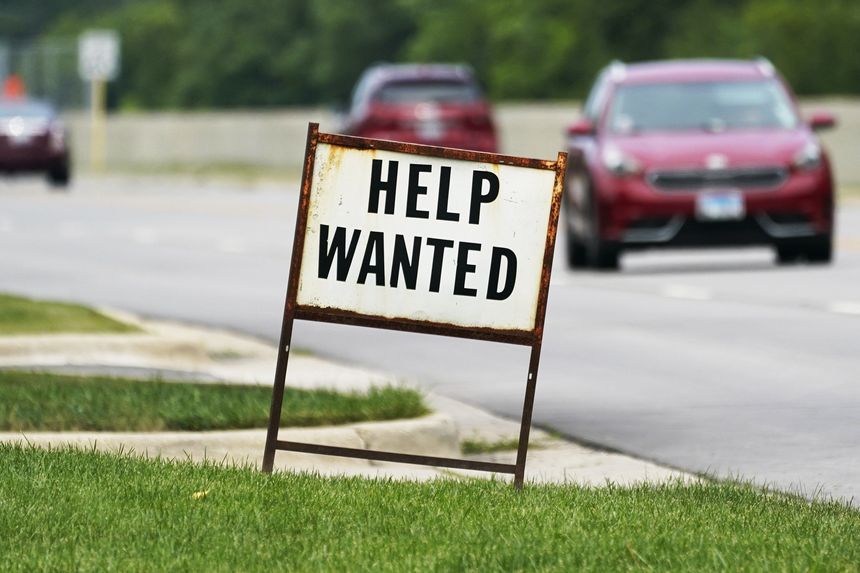
image via WSJ.com
The Federal Reserve is aiming to cool down the economy, and that means it is aiming to cool down the job market, too. Considering how intense businesses’ hiring needs are right now, though, it could take a while for the central bank’s efforts to register much of an obvious effect.
The Labor Department on Tuesday reported that there were a seasonally adjusted 11.3 million job openings on the last day of February, about even with January’s figure and close to December’s record 11.4 million. There were 1.8 jobs for each unemployed person, matching a record set in December. The ratio of job openings to total hires during the month—a measure of how hard it is for employees to find workers—slipped from 1.8 in January to 1.7, still extremely high.
In other words, labor remains extremely tight. Indeed, even if the labor market fully recovers from the pandemic in the months ahead, adding back the millions of jobs that are still missing, the number of remaining job openings would still be very high.
This dynamic makes it difficult to see how, absent a sudden lurch lower in the economy, job growth can meaningfully slow soon. Certainly, businesses have cause to worry that the Fed has become adamant on the need to raise short-term rates to combat inflation, and the rise in long-term rates this hawkish shift has already brought about is probably already curtailing some activity. The jump in fuel costs that Russia’s invasion of Ukraine set off are an additional constraint.
But the need for workers is so intense that interest rates might not affect that pace of hiring for a while. There are so many open positions now that even if some businesses rein in their hiring aspirations, workers could still have plenty of jobs to pick and choose from. Indeed, to reduce the number of open jobs per unemployed person from this February’s 1.8 to February 2020’s 1.2—a level that was then a record—the number of job openings would need to fall by one-third. And in February 2020, right before the Covid-19 crisis struck, job growth was strong.
So it might be that several more months of rapid job growth, and falling unemployment, are pretty much baked into the economy right now. For the Fed, which is worried that higher inflation is becoming embedded into workers’ and businesses’ expectations, that is worrisome—especially since workers are now better positioned to demand wage increases that they think will keep up with rising prices.
At the same time, policy makers need to be cognizant that employment tends to be a lagging indicator. By the time the job market stumbles, the economy is often well on its way to recession. The level of job openings, which in the current environment might start slipping before job growth does, could serve as a sort of early warning system, then: When openings start to really fall, it could be the sign for the Fed to ease up on the brakes.
Source: The Wall Street Journal March 29, 2022 | By Justin Lahart